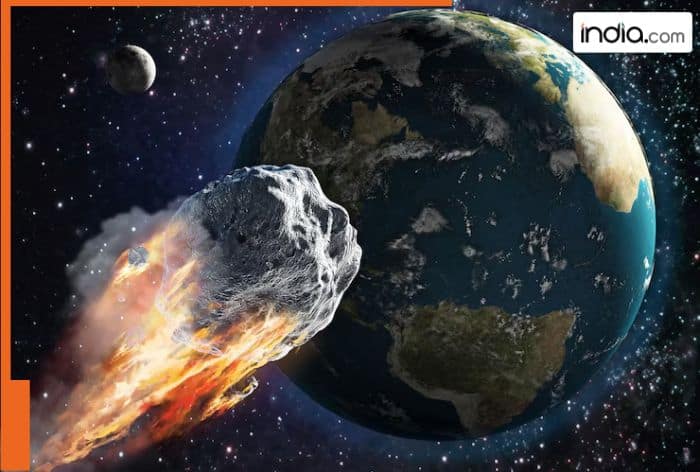The idea of Earth’s destruction has been a source of apprehension and distress for humans. In the news, we often hear about asteroids passing by planet Earth, causing concern for a number of reasons.

The idea of Earth’s destruction has been a source of apprehension and distress for humans. In the news, we often hear about asteroids passing by planet Earth, causing concern for a number of reasons. According to the official website of NASA, Asteroids, or minor planets, are rocky, airless remnants left over from the early formation of our solar system about 4.6 billion years ago. Asteroids come in a variety of shapes, sizes, speeds, and distances from Earth.
Most asteroids can be found orbiting the Sun between Mars and Jupiter within the main asteroid belt. Asteroids range in size from Vesta, the largest at about 329 miles (530 kilometers) in diameter, to bodies that are less than 33 feet (10 meters) across. The total mass of all the asteroids combined is less than that of Earth’s Moon.
Some asteroids possibly present the options to create a considerable amount of damage depending on their mass, speed, and closeness. But are asteroids more powerful than nuclear bombs?
The answer is yes. Some asteroids are even more powerful than nuclear bombs. However, how dangerous they are depends on their size, speed of impact, and density. When they collide with Earth, they release kinetic energy, and the amount of this energy can be extremely high, which is why they can cause more damage than nuclear bombs.
One such example: As per the official website of NASA, Asteroid 2024 YR4 is a near-Earth asteroid, meaning it is an asteroid in an orbit that brings it into Earth’s region of the Solar System. 2024 YR4 is estimated to be about 130 to 300 feet (40 – 90 meters) wide and has a very small chance of Earth impact on December 22, 2032.
It is important to keep in mind that an asteroid’s strength depends on its shape and speed. When they come crashing down to planet Earth, they have a lot of energy in them. This, in turn, means that they could cause many, many times the damage of a nuclear bomb. If a large asteroid, around 90 meters (300 feet) across, struck my house, it could wipe my house and neighborhood off the map entirely. One of the best examples of this kind of danger was the Chelyabinsk meteor event from 2013. The meteor exploded in the atmosphere and the airburst injured approximately 1,500 people, and the shockwaves and flying glass either damaged or destroyed thousands of buildings across a wide area.
We can only imagine what would happen if an asteroid were travelling at 38,000 miles per hour (61,200 km/h) and struck a populated area. If the asteroid strikes an uninhabited location or explodes into an ocean, we could expect less impact. NASA has already calculated the possible trajectories of 2024 YR4 where this dangerous asteroid may hit. Scientists estimate it could produce energy more than 500 times what a nuclear bomb could produce if it strikes earth directly.
Topics



